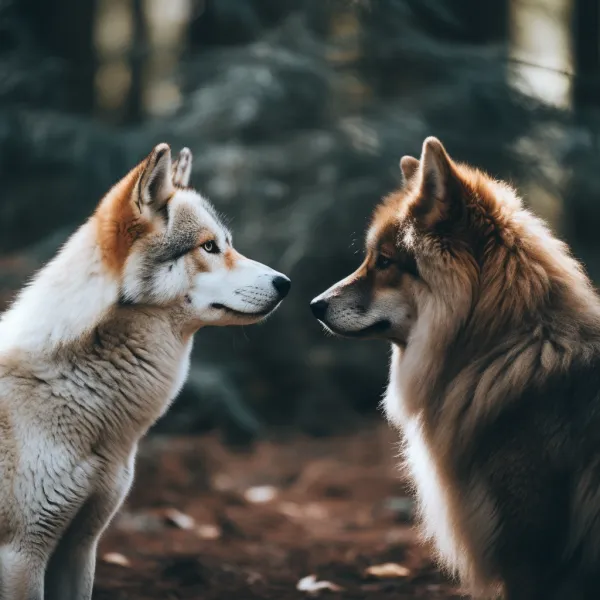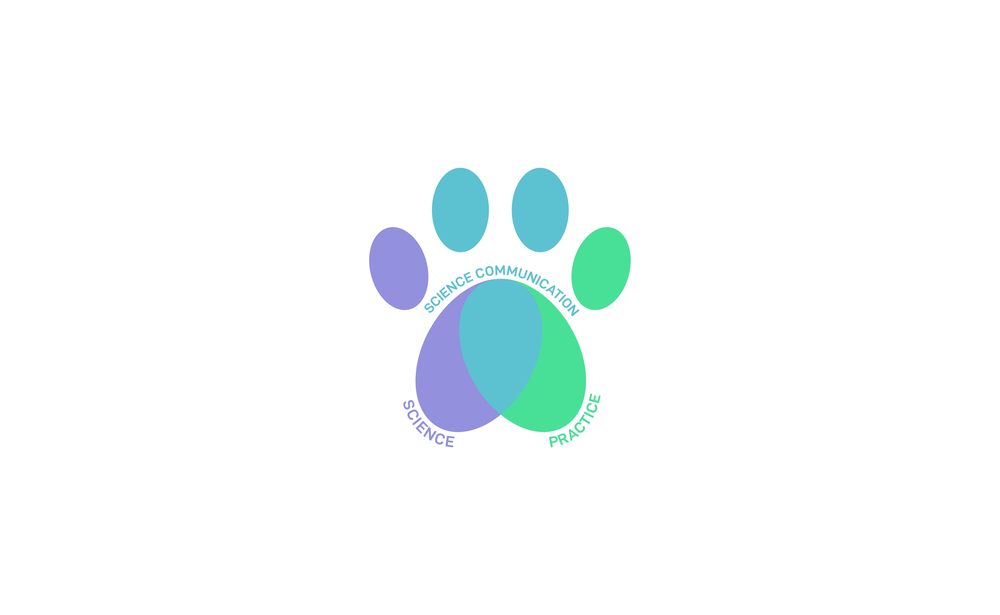Table of Contents:
The Evolutionary Link Between Dogs and Wolves
Have you ever gazed into a dog's eyes and felt a deep connection with a more wild spirit? You're not so far off. Dogs, or Canis familiaris as scientists refer to them, trace their roots back to an ancestor they share with wolves. Despite the vast differences in appearance among breeds we see today, from small Chihuahuas to tall Great Danes, all dogs share a common origin and ancestral link: a large, carnivorous mammal - the wolf.
Over thousands of years, dogs have undergone substantial evolutionary changes that have shaped them into the diverse species we're familiar with today. In fact, Canine Science regards dogs as the most morphologically variable mammal on Earth, with their physical characteristics varying more than in any other mammalian species (Vilà et al. 1999). Essentially, the transition from wolves to dogs is a result of domestication, a complex process where wild animals adapt to living closely with humans, eventually depending on them for survival. Underneath all the tail-wagging and unconditional affection, our beloved canine companions carry a wild legacy deeply intertwined with our own human history.
This article seeks to uncover some parts of the complex process of canine domestication, shedding light on the evolutionary journey of dogs. Whether you're a dog enthusiast curious about this canine's origins or a budding scientist intrigued by the mysteries of evolution, this article offers an engaging and accessible exploration of our long-standing relationship with dogs.
Embracing the Complexity of Canine Evolution
To capture the history of canine evolution, it's crucial to recognize the complex processes and countless generations it entails. Dogs, as we know them today, result from an in-depth journey spanning thousands of years, from their wild wolf ancestors to the beloved companions we cherish at home.
Understanding this intricate and lengthy evolution can help deepen our understanding of dogs. It can provides us with unique insights into and perspectives on their behaviours and needs, helping us become more attentive and mindful caregivers. Every dog breed carries a rich history and distinct traits shaped by years of selective breeding and evolution, resulting in the unique species we adore today.
Thus, the story of dog domestication isn't just a scientific achievement; it's proof of the extraordinary bond we've developed with these animals over millennia. As we continue to explore our canines' evolutionary past, we anticipate a future filled with more understanding, love, and companionship.
The Impacts of Dog Domestication
| Pros of Dog Domestication | Cons of Dog Domestication |
|---|---|
| Companionship for humans | Dependency on humans for survival |
| Diversification of dog breeds for various roles | Health issues in purebreds due to selective breeding |
| Assistance in hunting and herding | Behavioral issues from a sedentary domestic lifestyle |
| Enhancement of human security | Overpopulation and abandonment |
| Therapeutic benefits and service dog assistance | Genetic disorders from inbreeding and intensive breeding |
Dogs: Beyond Wolves in Our Midst
Digging deeper into the world of dogs and wolves, we discover a more complex picture. While their genetic makeup may be surprisingly similar, dogs are far from being wolves in domestic clothing - they differ significantly from each other. So, what separates our domesticated companions from their wild counterparts?
Firstly, the physical differences are telling. Wolves represent wild survival, with their large bodies suited for endurance hunting. In contrast, dogs exhibit an astonishing variety of shapes and sizes, mainly due to human-directed breeding. Traits like the floppy ears of Labrador Retrievers, the distinctive wrinkles of Bulldogs, or the curled tails of Pugs were purposefully bred by humans over generations.
Moving beyond physical attributes, behavioural differences also emphasiwe that dogs aren't simply wolves in disguise. One key behavioural change that came with domestication is the shift from pack behaviour to a human-oriented social behaviour. Dogs show greater adaptability than wolves, capable of understanding and responding to human emotions and cues.
The process of domestication has also made dogs omnivorous to an extent, modifying their wild ancestors' carnivorous diet. These changes highlight some of the impacts of living alongside humans on the lifestyle and dietary habits of dogs.
In essence, dogs have experienced crucial physical, behavioural, and dietary shifts during their evolutionary journey of domestication, setting them apart from their wolf ancestors. They may share an ancient bond and generic ties with wolves, but dogs stand as a uniquely diverse species.
The History of Dog Domestication
The history of dog domestication strides back nearly 40,000 years, suggesting dogs were likely the first species humans domesticated. Archaeological evidence indicates that the bond between humans and dogs was established during our hunter-gatherer ancestors' era, well before agriculture emerged.
So, how did wolves evolve into dogs? There are multiple hypotheses and theories on this development.
Among many scientists today, a prevailing hypothesis is the concept of 'self-domestication'. The scenario likely began when wolves started to scavenge on the leftovers of human hunting camps. Those that showed less aggression and fear towards humans might have been more successful in accessing food. Over several generations, these 'tamer' wolves gradually evolved into a separate strain - still wolves, but on the path to becoming dogs.
Another hypothesis proposes 'co-domestication', where both humans and wolves influenced each other's behaviour. This hypothesis suggests that while wolves learned to tolerate human presence, humans also developed a greater tolerance and acceptance for the wolves' presence.
The relationship was mutually beneficial. These less aggressive wolves may have functioned as early warning systems for our ancestors, serving to alert the human settlements of approaching dangers. Over thousands of years, influenced by natural selection and humans, these animals transformed physically and behaviourally, eventually giving rise to what we now know as dogs.
In recent years, DNA analyses have added valuable insights to this story of domestication. According to genomic studies, dogs and wolves share a common ancestor, branching off an estimated 27,000–40,000 years ago. However, specific details about when and where dogs were first domesticated continue to be a matter of scientific debate, underlining the complexity of this evolutionary journey.
Our intertwined history with dogs has left an indelible mark on both species. For our part, we have selectively bred dogs for specific traits, resulting in the incredible diversity of breeds we see today. For their part, dogs have become 'humankind's best friend', an animal species uniquely adapted to understanding and interacting with humans.
Domestication and Its Role in Dog Development
Domestication has played a pivotal role in shaping dogs into the species we know today. It's a long, intricate process that has taken thousands of years, adding layers of complexity to our understanding of dogs' evolution.
Dogs' domestication began approximately 30,000 to 40,000 years ago. The wolves who were friendlier or less fearful of humans likely had better access to food resources, as described by the self-domestication hypothesis. Essentially, the wolves with traits favouring a closer relationship with humans survived and reproduced more effectively; the friendlier or less fearful individuals likely had better access to food due to their proximity to humans, leading to self-domestication. These favourable traits were consequentially passed on to their offspring over time.
Over time, the process of selective breeding took over, with humans preferring to breed dogs that were more docile, smaller, and trainable. This process forever changed the course of evolution for the species, steering them away from their ancient "wolfish" origins and triggering a transformation into the diverse selection of breeds we observe today.
The physical changes brought about by domestication are pretty evident, but the behavioural adaptations are equally significant. Dogs display an impressive ability to grasp human emotions, respond to verbal cues, and engage in social interactions remarkably distinct from their wild ancestors.
The domestication process has also profoundly impacted their diet, leading to dogs that can survive on an omnivorous diet, unlike their strictly carnivorous wolf ancestors.
Moreover, years of living alongside humans across varied environments, including climates and landscapes, have led to remarkable diversity in terms of appearance, size, and adaptability among dogs. Today, the extensive range of dog breeds, each with its tailored set of traits, is a testament to the significant role that domestication has played in their evolutionary journey.
How Did Behaviour Change in the Process of Domestication?
A pivotal aspect of the shift from wolves to dogs lies in significant behavioural changes, which were instrumental in the process of domestication. Becoming good companions entailed more than physical changes. These canines needed to adapt their behaviours to coexist in harmony with people.
Unlike their wolf ancestors, who tend to be alert towards humans, dogs have developed a unique sociability, that allows them to form close bonds with their human caregivers. This is evident in their ability to understand human gestures and emotions, which is unmatched in the animal kingdom.
Dogs have also adapted their communicative behaviours. Tail wags, playful barks, and expressive puppy-like dog eyes are more than charming traits; they evolved over thousands of years, creating a repertoire enabling communication with humans that wild counterparts lack.
Another significant alteration is their feeding behaviour. Dogs have learned to scavenge and adapt to the human diet, unlike wolves, who continue their existence as carnivorous hunters.
Perhaps the most evident change is their reduced aggression. While wolves display fierce territorial behaviour, dogs have largely replaced aggression with cooperation, which can be attributed to the human-led domestication process.
In essence, the process of domestication not only changed dogs physically, but it made a profound impact on their behaviours, mindset, and connection with humans.
Modern Dogs: The Outcome of Millennia of Evolution
It is fascinating to think of our current pet dogs as descendants of wild wolves. Their genetic transitions, shaded by thousands of years, resulted in the highly diverse species we see today, from Dachshunds to Siberian Huskies. The relationship between humans and modern dogs is impressive, reflecting a co-dependent bond nurtured over the span of human civilization.
At least 340 distinct breeds of dogs are recognized today by various kennel clubs worldwide, each carrying a unique set of physical attributes, personality traits, and functional capabilities. This astonishing diversity is a direct consequence of intentional breeding, where human selection for specific traits led to the creation of different dog breeds.
Domestication goes beyond taming; humans selectively bred dogs for hunting, guarding, herding, and companionship. Instead, humans started selectively breeding dogs for various roles such as hunting, guarding, herding, and companionship. This resulted in dogs with unique skills, like the scent-detection ability of Bloodhounds, the dexterity of Border Collies, or the speed of Greyhounds.
It isn't just the "utility" factor that shaped the dogs as we know them today. Aesthetic and emotive elements played substantial roles too. Human preference for specific physical traits and temperaments led to the development of diverse breeds, from small lap dogs to taller guard dogs.
In a nutshell, our modern dogs, with their distinctive traits, result from millennia of evolution and selective breeding. As we continue to understand the nuances of dog evolution, breed specifics and behaviours, we deepen the bond between humans and dogs, strengthening this unique, loving relationship.
References:
Vilà, C., Maldonado, J. E., & Wayne, R. K. (1999). Phylogenetic relationships, evolution, and genetic diversity of the domestic dog. Journal of Heredity, 90(1), 71-77.
FAQ: The Domestication and Evolution of Dogs
What is the common ancestor of dogs and wolves?
Dogs and wolves share a common ancestor from which they diverged between 27,000 and 40,000 years ago. This ancestral species was likely a type of wolf that roamed Eurasia.
How did domestication initiate the evolution of dogs from wolves?
Domestication began with the 'self-domestication' process, where less aggressive wolves that could coexist with humans gained an advantage by scavenging near human settlements. Over generations, these wolves evolved distinct traits that led to the first dogs.
How have dogs changed physically and behaviorally since their domestication?
Since their domestication, dogs have developed significant physical and behavioral differences from wolves. Physically, they display a greater variety of sizes, shapes, and colors. Behaviorally, dogs have evolved to understand human social cues and emotions, show reduced aggression, and often have a more omnivorous diet.
What roles have dogs been selectively bred for throughout history?
Dogs have been selectively bred for numerous roles, including hunting, herding, guarding, companionship, and assisting with various human activities. These roles have contributed to the development of the diverse dog breeds we recognize today.
What impact has selective breeding had on dogs?
Selective breeding has greatly impacted dogs' health, behavior, and physical characteristics. While it has led to an incredible variety of breeds, it has also resulted in breed-specific health and behavioral issues due to inbreeding and a focus on certain aesthetic traits over functional ones.




